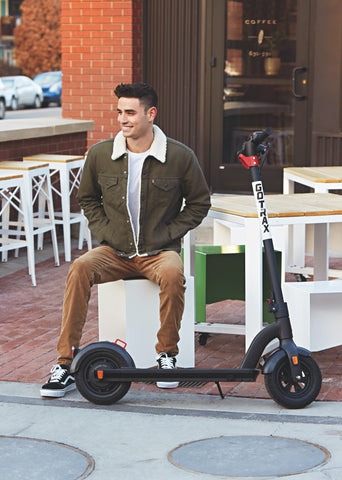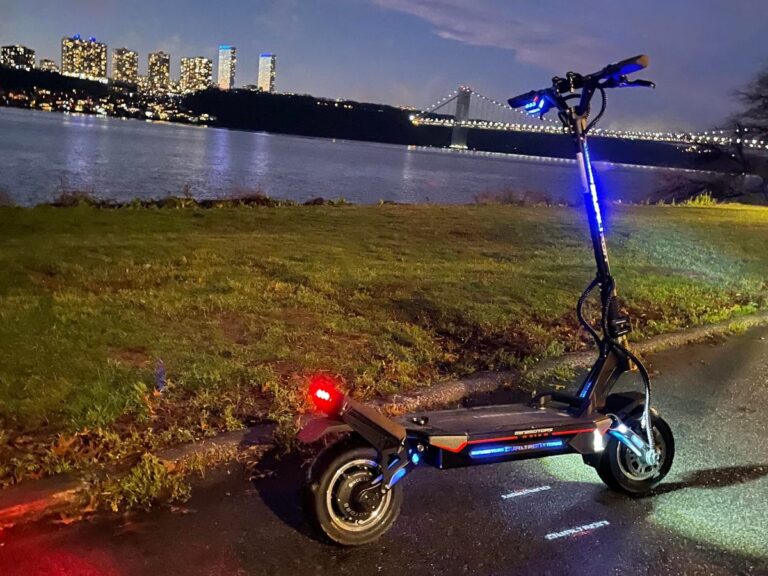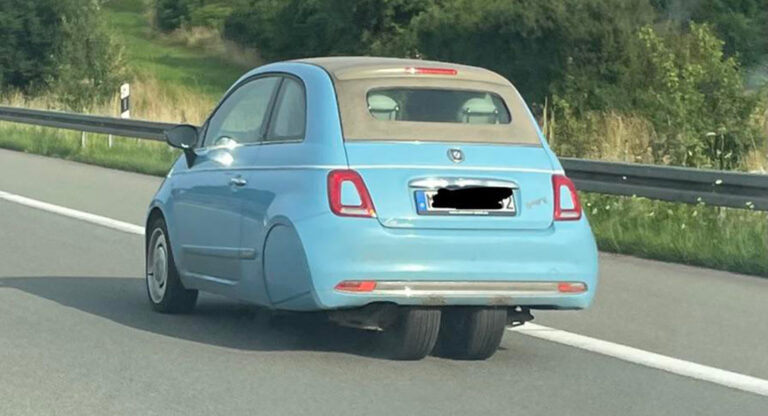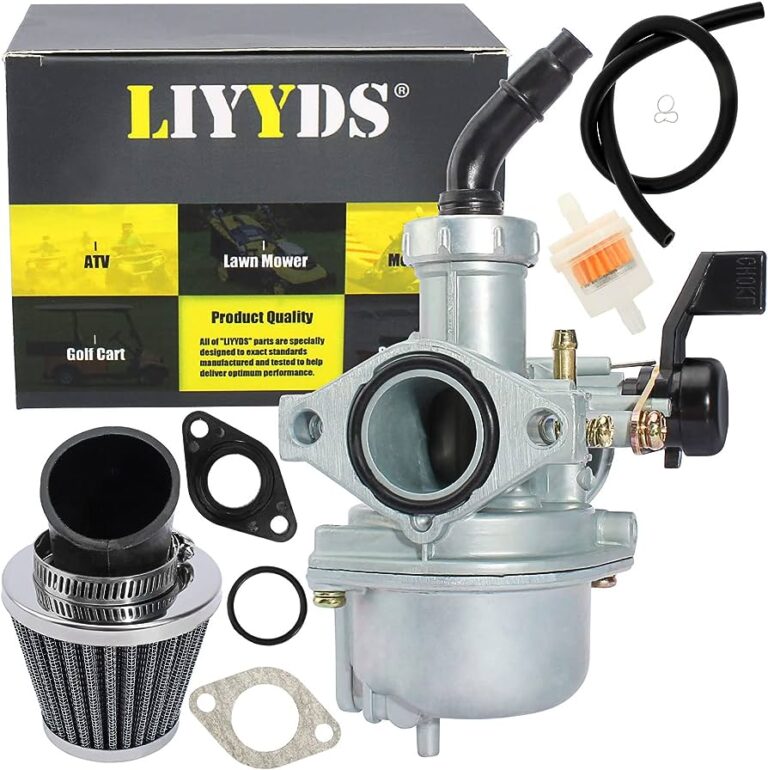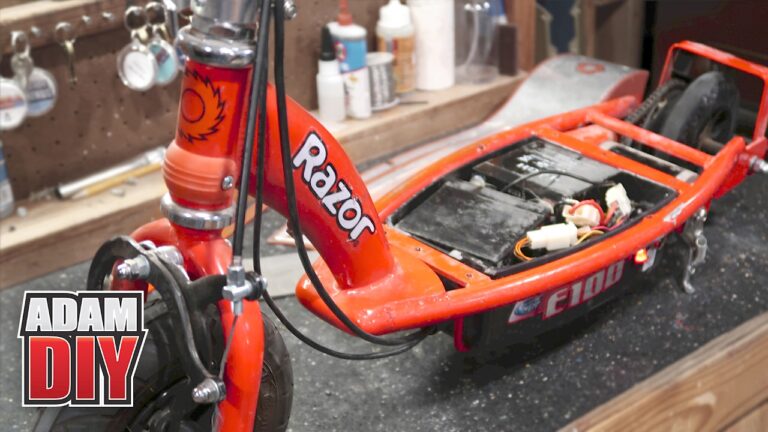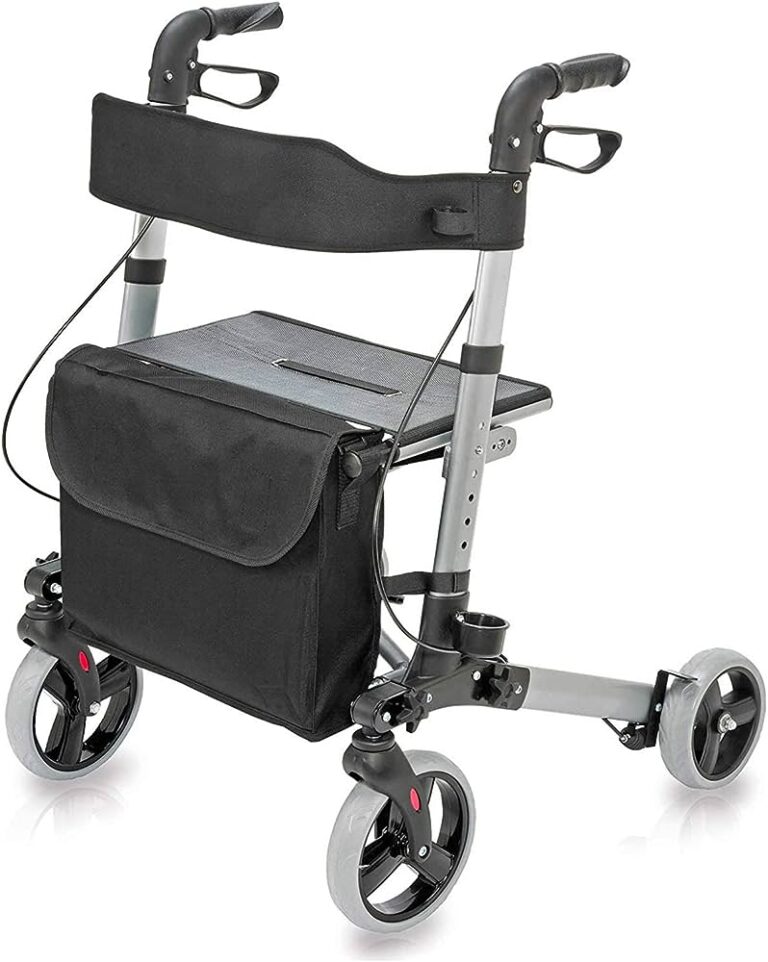Scooter Not Starting After Washing: Troubleshooting Tips to Get Your Ride Back on Track
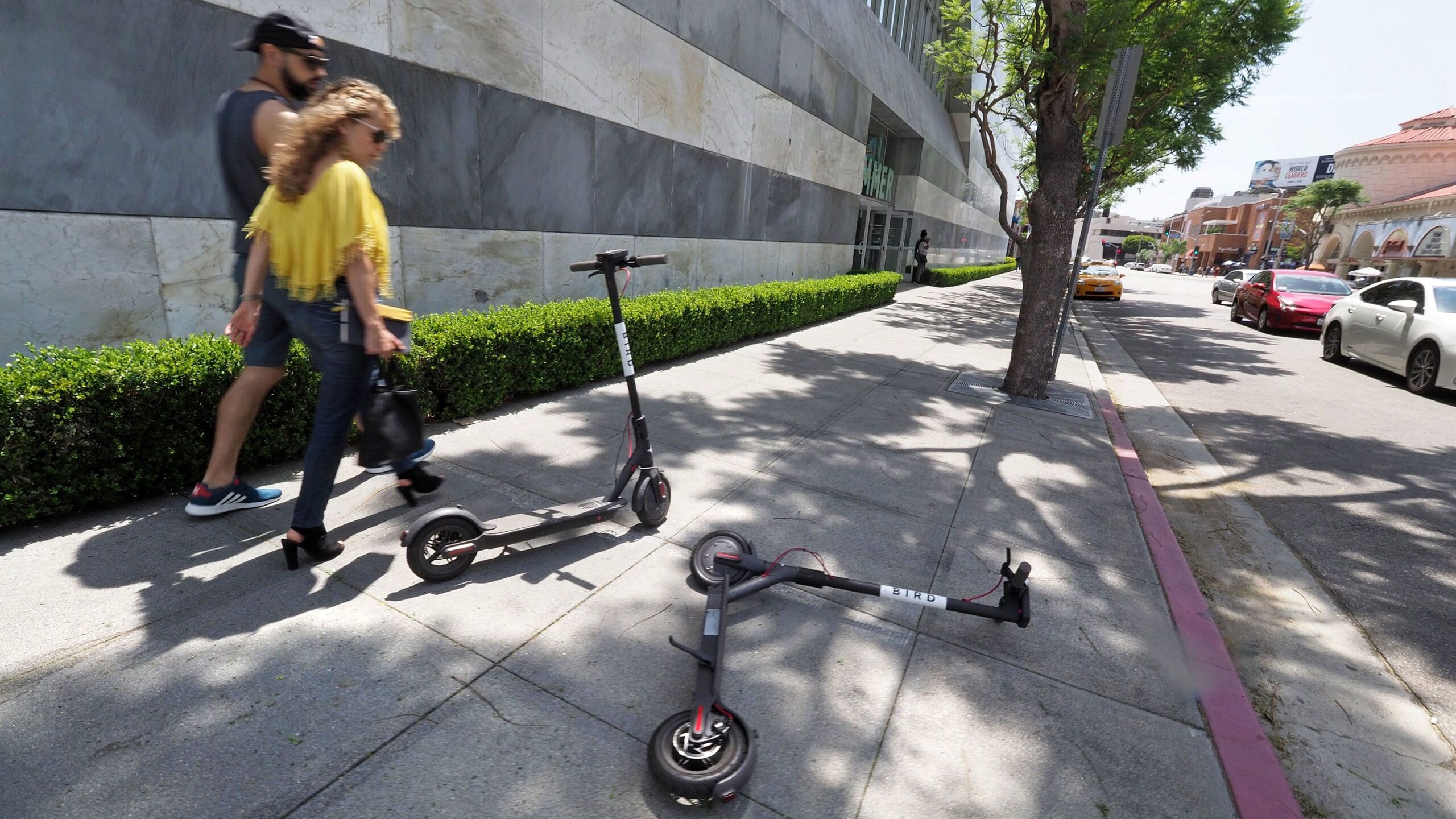
Scooter not starting after washing could be due to water getting into the electrical components or a wet spark plug.
Common Causes Of Scooter Failure Post-Wash
Scooter failure post-wash is a common issue where the scooter doesn’t start. This can be caused by water entering the electrical components, wet spark plugs, or a damp ignition system. Proper maintenance and precautions should be taken when washing a scooter to prevent such problems.
After giving your scooter a thorough wash, you may encounter issues where your scooter fails to start. This can be quite frustrating, especially when you were expecting a smooth ride. Several common causes can contribute to scooter failure after washing.
Let’s take a closer look at each one:
Waterlogged Electrical Components
- Water seeping into the electrical components of your scooter can cause the scooter to stop working.
- Here are some reasons why the electrical components may be waterlogged:
- Improper sealing of the scooter’s electrical parts, such as wires, connectors, and switches.
- Over-spraying water directly on electrical parts during the wash.
- Leaving the scooter out in heavy rain without proper cover.
Wet Spark Plug
- A wet spark plug could be another culprit for scooter failure post-wash.
- Here’s why a wet spark plug can cause starting issues:
- Water contacting the spark plug due to a loose connection or poor insulation.
- Water entering the cylinder through the open spark plug hole during the wash, preventing ignition.
Moisture In The Fuel System
- Moisture in the fuel system can impede the scooter’s starting process.
- Here are possible causes of moisture in the fuel system:
- Water entering the fuel tank during the wash due to a loose or damaged cap.
- Excessive condensation building up in the fuel tank due to temperature changes.
- Using water-contaminated fuel.
To prevent scooter failure after washing, it’s important to address these common causes. Regular maintenance and taking necessary precautions during the washing process can help avoid these issues.

Credit: www.hiboy.com
How To Dry Out Waterlogged Electrical Components
To dry out waterlogged electrical components on your scooter after washing, carefully disconnect the battery and remove any visible water. Place the components in a dry area and use a gentle heat source like a fan or hairdryer on low to speed up the drying process.
Allow the components to air dry completely before reconnecting the battery and attempting to start the scooter.
Scooter Not Starting After Washing
Washing your scooter can leave it susceptible to water damage, particularly in the electrical components. Waterlogged electrical connections can cause your scooter to fail to start. Thankfully, there are steps you can take to dry out these components and get your scooter up and running again.
Disconnect The Battery
Before attempting to dry out the electrical components, the first step is to disconnect the battery. This minimizes the risk of any electrical issues and ensures your safety throughout the process. Follow these steps to disconnect the battery:
- Locate the battery on your scooter.
- Identify the positive (+) and negative (-) terminals.
- Using the appropriate tools, loosen the nuts or screws securing the battery cables.
- Carefully remove the cables from the terminals, starting with the negative cable first.
- Store the disconnected battery in a safe, dry location.
Inspect And Dry Wiring Connections
Once the battery is disconnected, the next step is to inspect and dry the wiring connections. Here’s what you need to do:
- Carefully examine the wiring connections, looking for any signs of water or corrosion.
- Use a clean cloth or towel to gently wipe away any moisture.
- If you notice any corrosion, use a wire brush to gently remove it.
- Ensure that all the wiring connections are dry before proceeding.
Use A Hairdryer Or Compressed Air
Now that the wiring connections are dry, it’s time to dry out the waterlogged electrical components. You can use either a hairdryer or compressed air for this step. Follow these guidelines:
- Set the hairdryer to its lowest heat setting or use compressed air at a low or medium pressure.
- Hold the hairdryer or compressed air at a moderate distance from the electrical components to prevent overheating.
- Gently direct the airflow to the waterlogged areas, focusing on the connectors and wiring.
- Continue drying the components until all visible moisture is eliminated.
- Take caution not to overheat any part of the electrical system.
By following these steps to dry out waterlogged electrical components, you can increase the chances of your scooter starting successfully after being washed. Remember to reconnect the battery once all the components are thoroughly dry. If the issue persists, it is recommended to consult with a professional mechanic to diagnose and resolve the problem.
Remember, proper maintenance of your scooter is crucial to ensure its longevity and performance. Regularly inspecting and cleaning electrical components will help prevent water damage and keep your scooter running smoothly.
Steps To Start Your Scooter With A Wet Spark Plug
Having trouble starting your scooter after washing it? Follow these simple steps to start your scooter with a wet spark plug.
Remove And Inspect The Spark Plug
Inspecting the spark plug is the first step in troubleshooting your scooter that won’t start after washing. Here’s how to do it:
- Locate the spark plug on your scooter’s engine.
- Carefully remove the spark plug using a spark plug wrench.
- Examine the spark plug for any signs of damage, such as cracks or corrosion.
- Check the electrode for carbon build-up, which can hinder spark generation.
- Ensure the spark plug wire is securely connected to the spark plug.
Dry The Spark Plug Properly
To ensure your scooter starts successfully, it’s crucial to dry the wet spark plug properly. Here’s what you need to do:
- Gently wipe off any excess moisture from the spark plug using a clean cloth.
- Allow the spark plug to air dry for a few minutes, or use a compressed air tool to speed up the drying process.
- Avoid using a heat source, such as an open flame, as it can damage the spark plug.
Reinstall The Spark Plug And Attempt To Start
Now that the spark plug is dry, it’s time to reinstall it and try starting your scooter:
- Carefully insert the spark plug back into its socket and tighten it securely with the spark plug wrench.
- Ensure the spark plug is properly seated and tightened, but avoid over-tightening.
- Reconnect the spark plug wire to the spark plug.
- Attempt to start your scooter as you normally would. Check for any signs of improvement in the starting process.
- If the scooter still doesn’t start, try repeating the steps or seeking professional assistance.
Remember, these steps can help you start your scooter with a wet spark plug. However, it’s always recommended to consult your scooter’s manual or seek professional help if the issue persists. Stay safe and enjoy your rides!
Clearing Moisture From The Fuel System
To resolve the issue of a scooter not starting after washing, it is essential to clear moisture from the fuel system. This can be achieved by draining the fuel tank and lines, cleaning the carburetor, and ensuring proper drying before attempting to start the scooter again.
After washing your scooter, you may encounter the frustrating issue of it not starting. This could be due to moisture that has entered the fuel system. To resolve this problem, follow the steps below to clear the moisture from the fuel system and get your scooter started again.
Drain The Fuel Tank:
- Before starting any work on the fuel system, ensure the engine is completely cool to avoid any accidents or injuries.
- Locate the fuel tank drain bolt, which is typically situated at the bottom of the tank.
- Place a container beneath the drain bolt to collect the fuel.
- Loosen the drain bolt carefully to drain the fuel from the tank.
- Allow all the fuel to drain out completely.
- Tighten the drain bolt securely once the tank is empty.
Check And Dry The Fuel Lines:
- Inspect the fuel lines for any signs of moisture or water accumulation.
- If moisture is detected, disconnect the fuel lines from the fuel tank and carburetor.
- Use a clean rag or compressed air to blow out any moisture from the lines.
- Reconnect the fuel lines securely once they are dry.
Clean Or Replace The Fuel Filter:
- Locate the fuel filter, which is usually situated between the fuel tank and the carburetor.
- Remove the fuel filter from its housing.
- Examine the filter for signs of moisture or clogs caused by dirt or debris.
- If moisture is present, replace the fuel filter with a new one.
- If the filter appears clogged, clean it with a solvent or replace it if cleaning is not effective.
- Ensure the fuel filter is installed back into its housing properly.
By following the steps above, you can effectively clear the moisture from the fuel system of your scooter. Performing these actions will help resolve the issue of your scooter not starting after washing. Remember to take precautionary measures and perform these tasks carefully to ensure your safety and the smooth functioning of your scooter.
Additional Troubleshooting Tips
When your scooter won’t start after being washed, follow these troubleshooting tips to get it going again. Check the fuel line, inspect the spark plug, and ensure the battery is charged properly.
Scooter Not Starting After Washing
Washing your scooter is essential for keeping it clean and maintaining its appearance. However, it can be quite frustrating when your scooter refuses to start after a wash. Don’t worry, though. In this section, we’ll explore some additional troubleshooting tips to help you get your scooter up and running smoothly again.
Check The Ignition System
- Check the spark plug: Ensure the spark plug is in good condition and properly connected. If it’s dirty or worn out, replace it with a new one.
- Examine the ignition switch: Make sure the ignition switch is functioning correctly. Check if it is turning on and off smoothly without any resistance.
- Test the coil: Use a multimeter to check the resistance of the ignition coil. If the readings are outside the specified range, consider replacing the coil.
- Look for loose connections: Inspect all the ignition system connections for any loose wires or poor connections. Tighten them, if necessary.
Inspect The Carburetor
- Check for water or debris: After washing, water or debris may get into the carburetor, leading to starting issues. Remove the carburetor and clean it thoroughly using carburetor cleaner, ensuring all jets and passages are clear.
- Check the float: Ensure that the float inside the carburetor is not stuck or damaged. A stuck float can cause fuel supply issues, resulting in a no-start condition.
- Adjust the fuel mixture: If the scooter is still not starting, consider adjusting the fuel mixture screw slightly. Turn it clockwise to lean the mixture and counterclockwise to richen it. Consult the owner’s manual for the correct adjustment procedure.
Test The Starter Motor
- Check the battery: A weak or discharged battery can prevent your scooter’s starter motor from turning the engine over. Measure the voltage of the battery using a multimeter. If the voltage is low, charge the battery or replace it if necessary.
- Inspect the starter solenoid: Ensure that the starter solenoid is functioning properly. It should make a clicking sound when you press the starter button. If not, consider replacing the solenoid.
- Check the starter motor connections: Inspect the connections between the starter motor and the battery. Tighten any loose connections and clean any corrosion present.
Remember, these troubleshooting tips are just a starting point. If you are unsure about performing any of these checks or if the issue persists, it’s always best to consult a professional mechanic. By following these steps, you’ll be well on your way to figuring out why your scooter won’t start after washing and getting it back on the road in no time.
Preventive Measures To Avoid Scooter Startup Issues After Washing
To prevent scooter startup issues after washing, it is essential to take certain preventive measures. These include avoiding water exposure to electrical components, properly drying the scooter, lubricating necessary parts, checking the spark plug, and ensuring proper fuel flow. By following these steps, you can avoid the frustration of a scooter not starting after washing.
After giving your scooter a thorough wash, nothing is more frustrating than finding out that it refuses to start. However, there are certain preventive measures you can take to avoid such startup issues. By following these simple steps, you can keep your scooter in prime condition and ensure a hassle-free riding experience.
Let’s take a look at some effective measures:
Avoid Excessive Water Exposure
- Be cautious while washing your scooter not to directly expose the electrical components, as they are highly sensitive to water.
- Use a gentle spray or a damp cloth to clean the scooter, avoiding high-pressure water streams.
- Be especially mindful to avoid spraying water into the scooter’s dashboard, as this can lead to electrical issues.
Cover Electrics And Muffler
- Before starting the cleaning process, cover the electric components, including the battery and the spark plug, with plastic bags or cling wrap to protect them from water.
- Ensure that the muffler is adequately covered to prevent water from entering it. Water in the muffler can cause starting difficulties.
Dry The Scooter Thoroughly
- After washing, dry the scooter carefully, paying extra attention to the areas where water tends to accumulate, such as the footboard and the seat.
- Use a soft, absorbent cloth or an air blower to remove any remaining moisture from the scooter’s surfaces.
- Allow sufficient time for the scooter to air dry completely before attempting to start it.
By following these preventive measures, you can avoid scooter startup issues after washing and maintain the longevity of your scooter’s components. Take care of your scooter, and it will reward you with smooth and trouble-free rides.
When To Seek Professional Help
If your scooter refuses to start after a thorough wash, it may be time to seek professional help. Avoid potential damage and let the experts diagnose and fix the issue for you.
Persistent Starting Problems
- If you’ve tried all the troubleshooting steps mentioned earlier and your scooter still refuses to start, it may be time to seek professional help.
- Here are some signs that indicate persistent starting problems, which require the expertise of a professional:
- The scooter consistently fails to start even after multiple attempts.
- The starter motor does not engage, or you hear a clicking sound when trying to start the scooter.
- The electric or kick start mechanism is unresponsive, or the scooter shows no signs of power.
- You have checked the battery, spark plugs, and fuel system, but the issue persists.
- Your scooter’s starting problem is accompanied by other unusual symptoms that are difficult to diagnose or resolve.
Unusual Noises Or Smoke
- Unusual noises or smoke coming from your scooter can be concerning signs of underlying issues that require professional attention. Seek professional help if you encounter any of the following:
- Grinding, whining, or clunking sounds when starting the scooter.
- Loud bangs or backfires during startup.
- Excessive smoke emitting from the exhaust or engine compartment.
- Odd rattling or knocking noises when the engine cranks.
- Persistent clicking sounds or burning smells during the starting process.
Inability To Diagnose Or Fix The Issue
- While some starting problems can be resolved with basic troubleshooting, complex issues may be beyond your expertise. If you experience any of the following difficulties, it is best to consult a professional:
- You have exhausted all possible troubleshooting methods, but the starting issue remains unresolved.
- The problem appears to be intermittent and difficult to replicate or diagnose.
- You lack the necessary specialized tools and equipment to diagnose or fix the starting problem.
- The issue is related to the electrical system or other intricate components that require professional knowledge.
- You are unsure about the root cause of the problem and need a professional opinion to prevent further damage.
Remember, seeking professional help when facing persistent starting problems, unusual noises or smoke, or the inability to diagnose or fix the issue, can save you time, frustration, and potential damage to your scooter. Don’t hesitate to reach out to a qualified mechanic who can help get your scooter running smoothly again.
Frequently Asked Questions For Scooter Not Starting After Washing
Why Is My Engine Not Starting After Washing?
Washing your engine can cause it not to start due to excess moisture affecting electrical components.
Why Won’T My Motorcycle Start After Washing It?
After washing your motorcycle, it may not start due to water entering the electrical components or spark plugs.
What Should I Do If My Scooter Is Not Starting?
If your scooter is not starting, follow these steps: 1. Check the fuel level and make sure there’s enough gas in the tank. 2. Verify that the battery is fully charged and securely connected. 3. Examine the spark plug for signs of damage or wear and replace if necessary.
4. Inspect the carburetor and clean it to ensure proper fuel flow. Remember to consult a professional if the issue persists.
Can I Start My Motorcycle After Washing It?
Yes, it is safe to start your motorcycle after washing it.
Conclusion
After washing your scooter, it can be frustrating to find that it won’t start. This common issue may be caused by water getting into sensitive components such as the ignition system or electrical connections. To resolve this problem, it is important to take a systematic approach.
First, inspect the spark plug and ensure it is dry. If it is wet, dry it off or replace it if necessary. Next, check the battery to ensure it is not drained or damaged. If the battery is the culprit, charging or replacing it may be necessary.
Finally, double-check all electrical connections for any signs of moisture or corrosion, and clean or dry them as needed. By following these steps, you can increase the chances of your scooter starting successfully after being washed. Remember to take precautions to prevent water from entering sensitive areas in the future, such as covering the air filter and avoiding excessive water pressure.
With proper maintenance, you can keep your scooter in good running condition even after washing.

